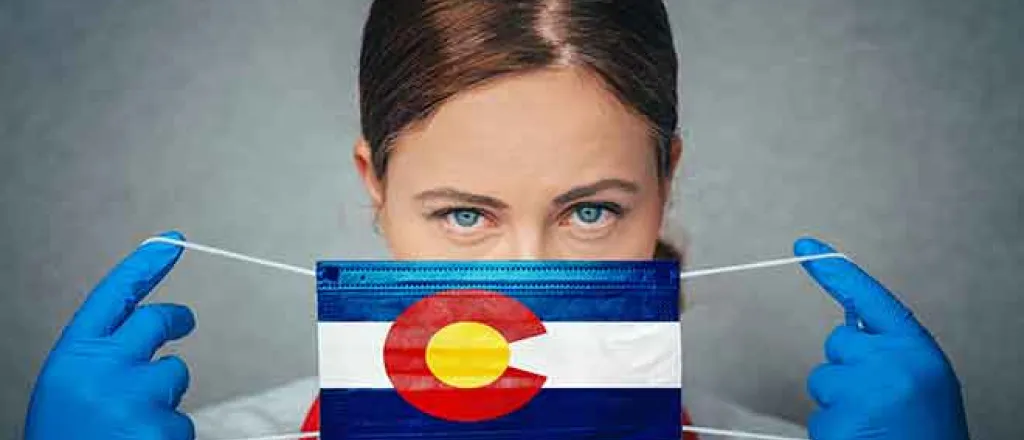
Report: Use of low-value health services high even during pandemic
(Colorado News Connection) During the first year of the global pandemic, medical consumers in Colorado received more than one million low-value healthcare services - diagnostic tests, screenings, and treatments where the risk of harm outweighs any likely benefit to the patient.
Cari Frank, vice president for communications with the Center for Improving Value in HealthCare - the group behind a new report, said consumers and insurers paid $134 million for these services in 2020.
"Even in spite of COVID, when people weren't accessing health-care services the same way," said Frank, "we still saw high numbers of these low-value care services. And they cost a lot of money, both to the health plans and to the patient, and actually can cause harm to patients."
The most obvious example of low-value care is when providers prescribe opioids for acute back pain without first trying alternative medication - a remedy that comes with significant risk of addiction and even death.
Health providers across the globe, working with medical boards and other professional associations, have created a list and guidelines for low-value services through an initiative called Choosing Wisely.
Frank said getting the word out can help bring down overall health costs. She said many services now considered low-value care were considered best practices at one time.
"A lot of things are just, historically, the way the provider has treated patients," said Frank. "And it takes a while when the guidelines change, for there to be an actual adoption of the guidelines."
The average cost for low-value services is $130 - but some, including peripheral catheters for patients with late-stage kidney disease, cost more than $14,000 per incidence.
Frank noted that every patient is different, and some procedures flagged as low-value may actually be the right course for patients.
"There might be family history, or there might be medical history where they have tried some other alternative," said Frank. "So there still needs to be that kind of communication between the provider and the patient."

















